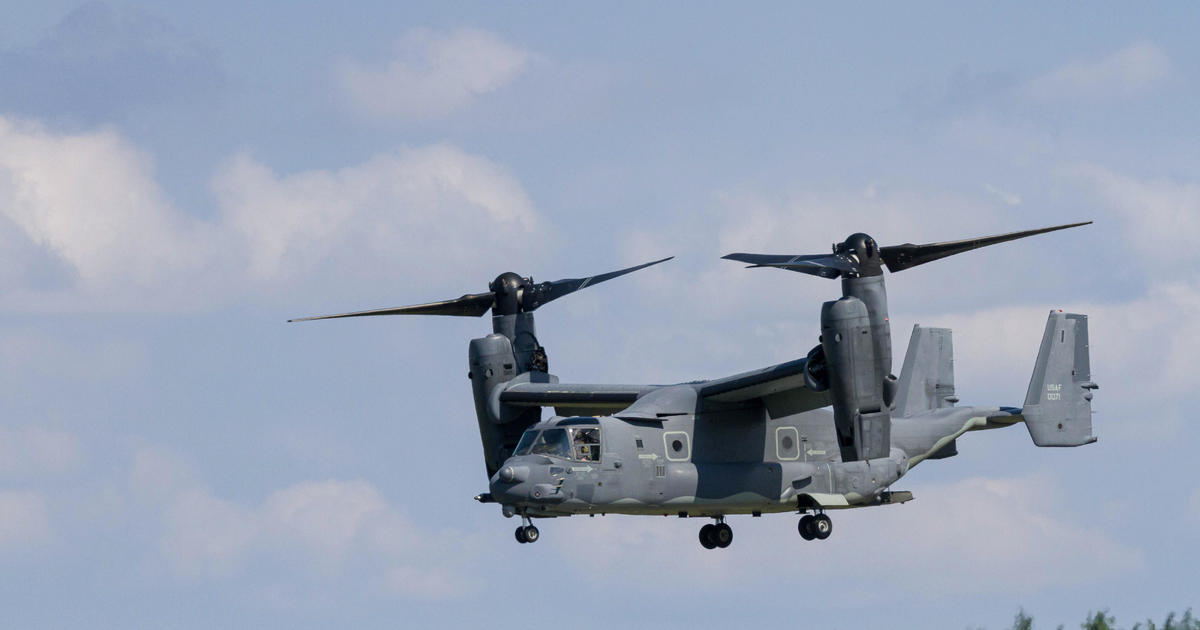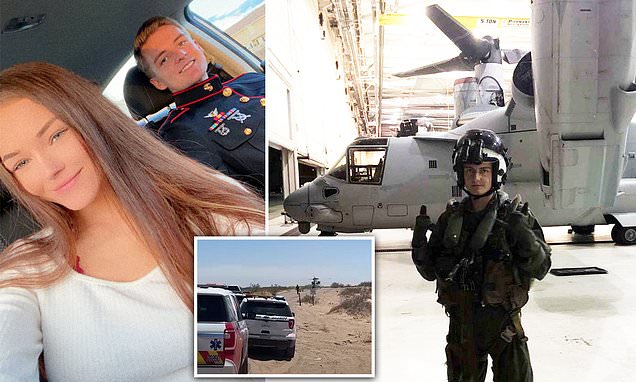Good info above.
The military tracks airframes and components. In some cases there are hour meters, digital or analogue. In other cases they go by “flying hours”, the hours from takeoff to shut down (normally).
The V-22 initially had some issues, which isn’t surprising for a radically new airframe.
Since the initial development, however, it seems to be doing well.
Not that it is related to this accident, but the military in general has not seemed to learn about the “Waddington Effect”. Basically, this dispels the myth that more maintenance is better. Maintenance introduces human weakness and failing and often leads to more problems than it solves.
This is not to say maintenance is bad. It’s like surgery. Sometimes it’s necessary. But we don’t say to a 65 year old, “Your knee and hips have hit their time limit so we’re going to replace them even though they work fine.” As a commander it frustrated me to tears to see a perfectly good airframe go into phase where it was stripped down, and turned into a dog.
I am NOT saying this in any way was responsible for this crash. The accident investigation will be professional. This is just the random ramblings of a pilot after a few beers at an overnight.
My heart breaks for the loved ones. “There but for the grace of God go I.” My prayer before every flight, “God, don’t let me screw the pooch. If I do, let it only harm me.”
The origins of predictive maintenance (PdM) begin with condition-based maintenance, which many attribute to CH Waddington.
www.mariner-usa.com


